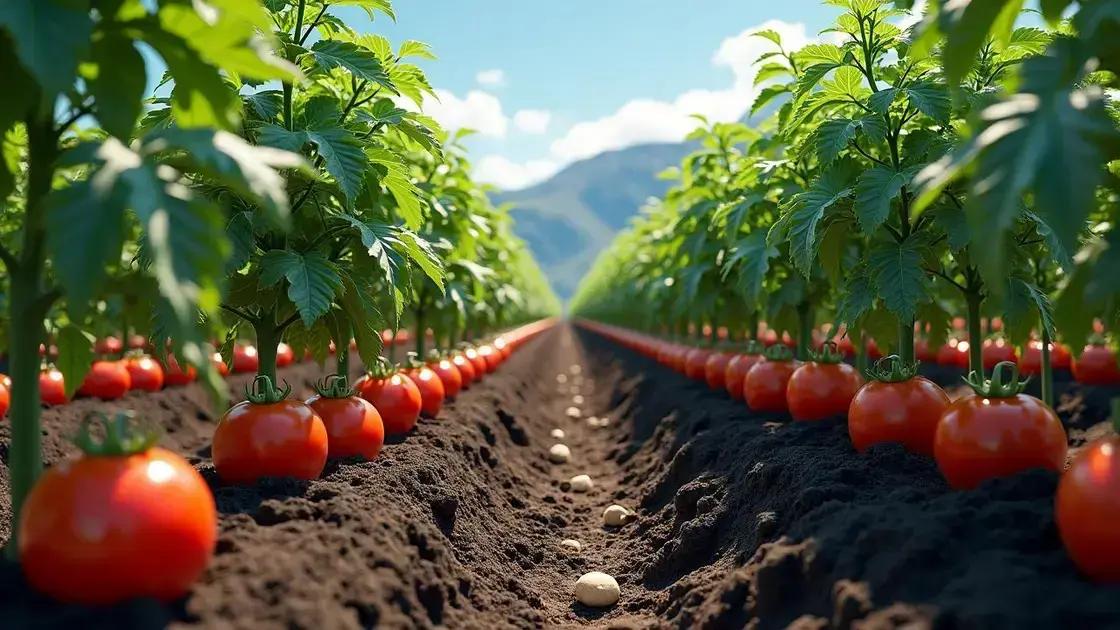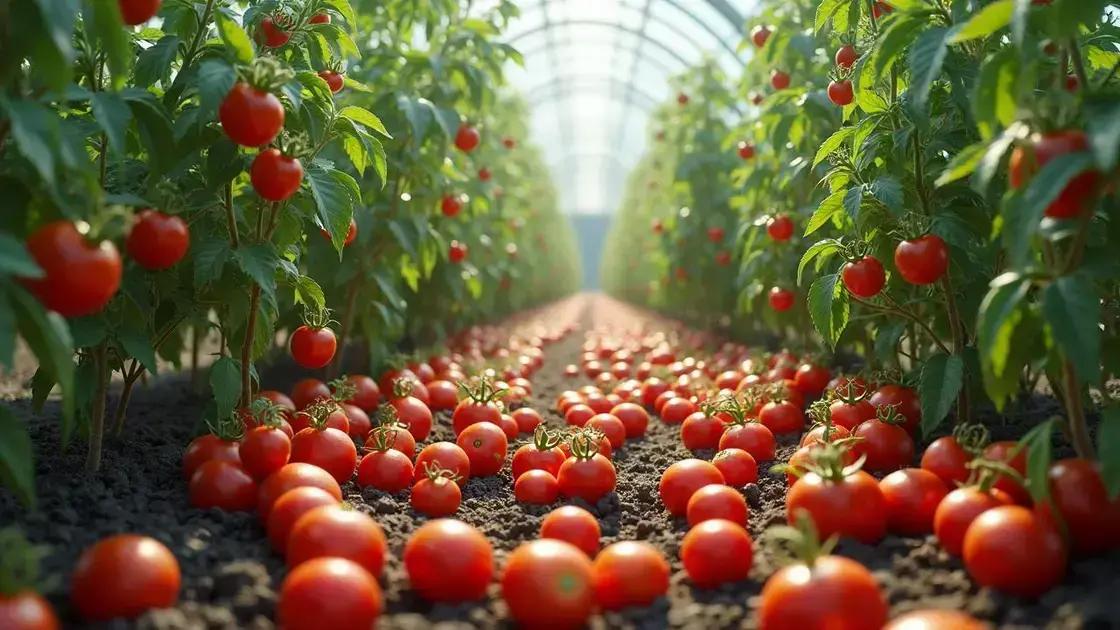How to Care for Tomatoes Plants: Essential Tips for Thriving Growth
How to care for tomatoes plants begins with understanding that nurturing these vibrant organisms involves much more than just watering. Imagine walking into your garden and being greeted by lush, green foliage dotted with bright red tomatoes. The secret is in the details, from knowing when to water to providing the right nutrients. As we delve into the essentials of tomato care, you’ll discover the crucial steps that lead to flourishing plants and, ultimately, a bountiful harvest.
Table of Contents
ToggleWatering schedule for optimal tomato growth
How to care for tomatoes plants involves establishing an effective watering schedule that suits their specific growth needs. Proper watering is crucial for the health of your tomato plants, preventing issues such as blossom end rot and root rot.
Understanding watering needs
- Tomato plants generally need about 1-1.5 inches of water per week. This can vary based on climate and growth stage.
- Water deeply and infrequently instead of shallow watering. This encourages deep root growth.
- Monitor soil moisture regularly to ensure you’re not over or under-watering your plants.
Optimal watering schedule
- For newly planted tomatoes, water them deeply every day for the first week to help them establish.
- Once established, water every 2-3 days; adjust based on rainfall and temperature.
- During fruit formation, increase watering another notch to about 1.5 inches weekly.
Signs of watering issues
- Yellow leaves may indicate overwatering.
- Crispy leaves and wilting suggest underwatering.
- Consistent drooping leaves can hint at either less water or slightly damaged roots.
Watering tips and techniques
| Technique | Benefits |
|---|---|
| Drip irrigation | Delivers water directly to the roots, minimizing evaporation. |
| Mulching | Helps retain soil moisture and reduce water needs. |
For those interested in exploring indoor gardening techniques with tomatoes, consistency is key. Establish a routine that fits your environment and stick to it for the best results.
Essential soil requirements for strong tomato plants

How to care for tomatoes plants begins with understanding the essential soil requirements needed for strong and productive growth. The right soil can make a significant difference in the health and yield of your tomato plants.
Key soil components
- Loamy soil: A mix of sand, silt, and clay provides excellent aeration and drainage.
- Organic matter: Adding compost or well-rotted manure enriches the soil with nutrients and improves moisture retention.
- pH level: Tomato plants thrive in slightly acidic soil, with a pH ranging from 6.0 to 6.8.
Testing soil for nutrients
- Collect soil samples from different areas of your garden.
- Use a home testing kit or send samples to a local lab for detailed analysis.
- Add necessary amendments based on test results, such as lime for acidity or sulfur to reduce pH.
Benefits of well-prepared soil
| Benefit | Description |
|---|---|
| Improved drainage | Prevents waterlogging, which can harm roots and diminish growth. |
| Enhanced nutrient uptake | Allows plants to absorb essential nutrients effectively, promoting healthier growth. |
For those interested in exploring indoor gardening techniques, understanding soil requirements is equally crucial for growing tomatoes indoors. Starting with the right soil mix will significantly impact your tomato plant’s health and productivity.
Sunlight exposure and care for healthy tomatoes
How to care for tomatoes plants effectively includes understanding sunlight exposure and its critical role in their health. Tomato plants thrive with ample sunlight, which is essential for photosynthesis and fruit development.
Optimal sunlight requirements
- Tomatoes require at least 6-8 hours of direct sunlight each day for healthy growth.
- Morning sun is preferable, as it dries dew quickly and reduces the risk of diseases.
- Partial shade during the hottest part of the day can prevent heat stress.
Signs of inadequate sunlight
- Leggy growth: Plants may grow tall and spindly, reaching for light.
- Pale leaves: Foliage may lose its vibrant green color.
- Low fruit production: Insufficient sunlight leads to fewer tomatoes.
Best practices for ensuring sunlight exposure
| Practice | Benefit |
|---|---|
| Positioning pots correctly | Maximizes sun exposure throughout the day. |
| Pruning plants | Helps improve air circulation and allows for better light penetration. |
For those interested in exploring indoor gardening techniques, securing adequate sunlight exposure is key for indoor tomatoes. A well-lit environment ensures these plants flourish into healthy, fruitful specimens.
In conclusion
How to care for tomatoes plants effectively revolves around understanding their specific needs regarding watering schedules, soil requirements, and sunlight exposure. By adhering to these essential tips, you’ll foster healthy, thriving tomato plants that can yield abundant, delicious fruit. Remember to monitor soil moisture, ensure your plants receive adequate sunlight, and prepare the soil appropriately to set the stage for success. For more insights and tips on enhancing your indoor garden, connect with fellow gardening enthusiasts to share experiences and find continuous inspiration.

